Basketball, gymnastics may improve bone health in girls
Sat 10 Sep 2016, 11:33:25
Moderate to high impact sports such as gymnastics, basketball, or football have been shown to improve bone mass, structure and strength in girls - with benefits particularly apparent during pre- and early adolescence, a new study has found.
A long-term study carried out in four Swedish schools evaluated whether extra physical education classes would have an impact on bone parameters in growing children.The seven-year study specifically measured the impact of school-based exercise on tibia cortical bone mass distribution.
A total of 170 children (72 girls and 98 boys) from one school were provided with 200 minutes of physical education per week, and three other schools (44 girls and 47 boys) continued with the standard 60 minutes.
The researchers from the Lund University in Sweden found that the 7-year moderately intense school-based physical activity intervention, initiated pre-puberty, was associated with higher tibia cortical bone strength accompanied by region-specific gains in cortical bone mass distribution in girls, but not in boys.
Girls had 2.5 per cent greater cortical thickness and 6.9 per cent greater polar stress-strain index (SSI) at the 66 per cent tibia, which was accompanied by significantly greater cortical volumetric bone mineral density compared to controls.
The primary findings were independent of age, Tanner stage, bone
length, and weight. This increases the likelihood that the physical activity intervention contributed to the positive skeletal adaptation rather than selection bias based on body size.
length, and weight. This increases the likelihood that the physical activity intervention contributed to the positive skeletal adaptation rather than selection bias based on body size.
Consistent with the results of previous school-based intervention studies, there were different findings for boys and girls.The researchers hypothesise that the intervention's lack of effect on any bone parameters among boys in the study could be due to the fact that the girls were generally less active in their spare-time prior to the beginning of the study, and thus the extra school-based physical activity, which included a diverse range of weight-bearing activities, was enough to elicit positive skeletal adaptations.
The boys in the study were already undertaking an average of three hours per week of physical activity prior to the start of the intervention, and therefore the additional physical activity was not enough to elicit further bone adaptation.
"The findings of this study specifically underline the benefits of increasing the amount of time dedicated to school physical education classes, particularly for girls, during the important stage of bone development around adolescence," said Jesper Fritz of Lund University.
"Importantly, optimising bone mass and strength in youth has a positive impact on bone health and fracture prevention in adulthood," Fritz said.
No Comments For This Post, Be first to write a Comment.
Most viewed from Health
AIMIM News
Latest Urdu News
Most Viewed
May 26, 2020
Can Lionel Messi's visit boost Indian football?
Latest Videos View All
Like Us
Home
About Us
Advertise With Us
All Polls
Epaper Archives
Privacy Policy
Contact Us
Download Etemaad App
© 2025 Etemaad Daily News, All Rights Reserved.

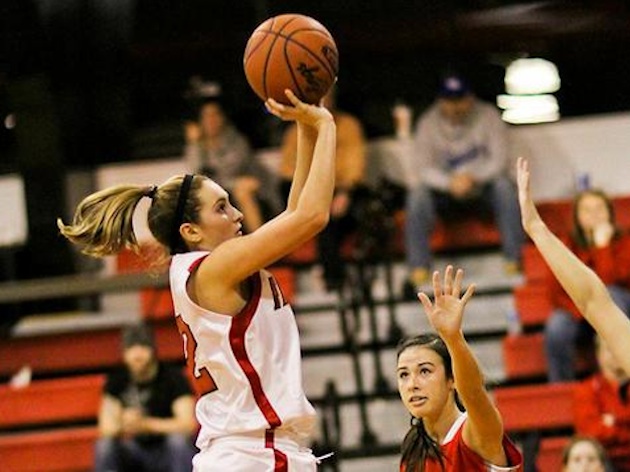
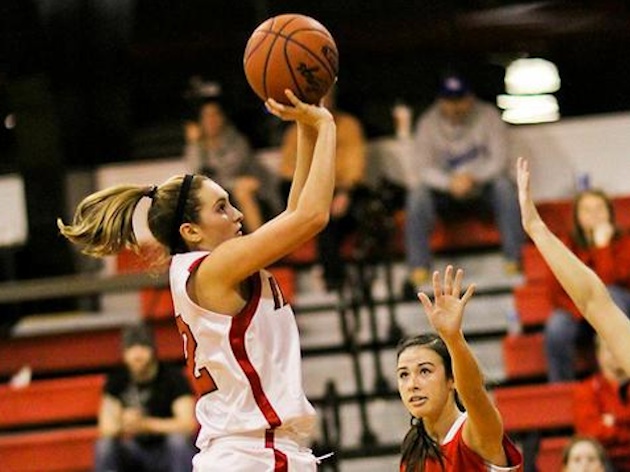



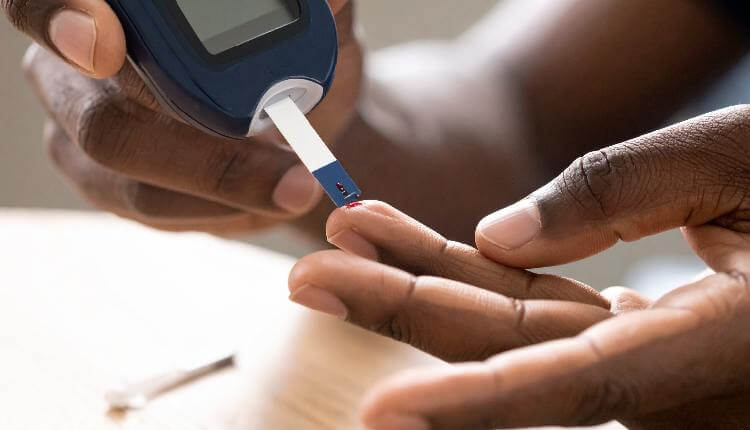
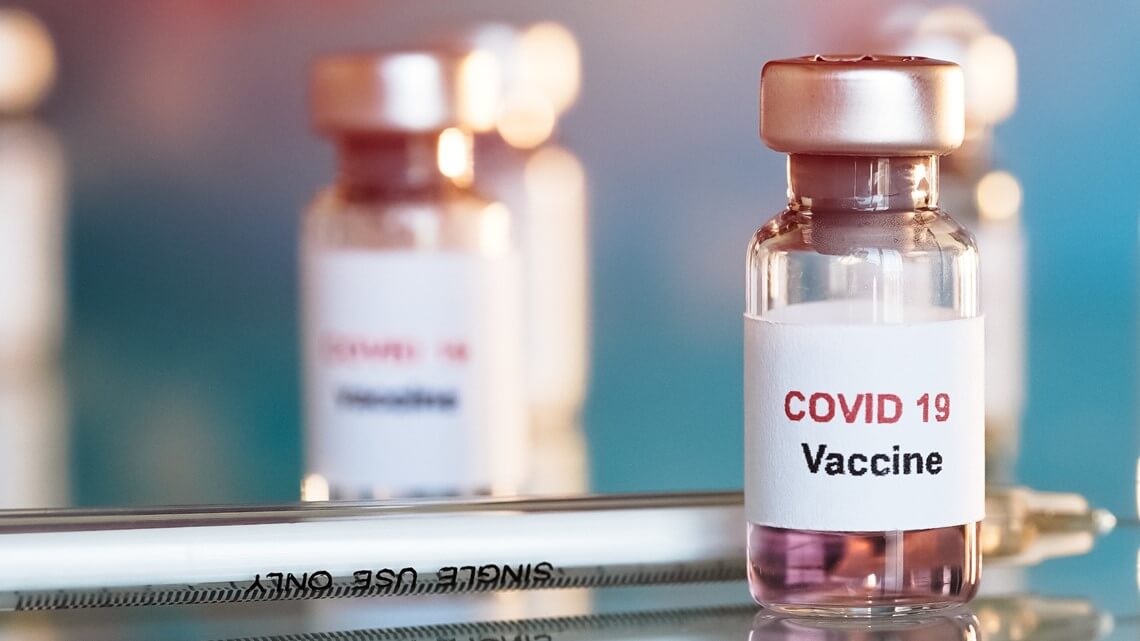



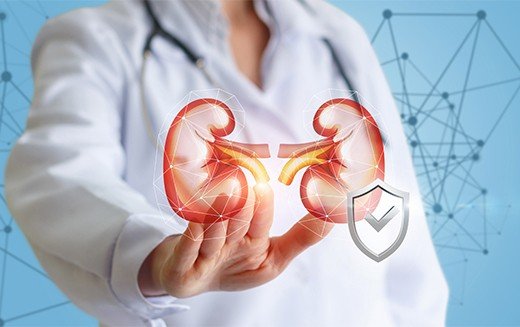
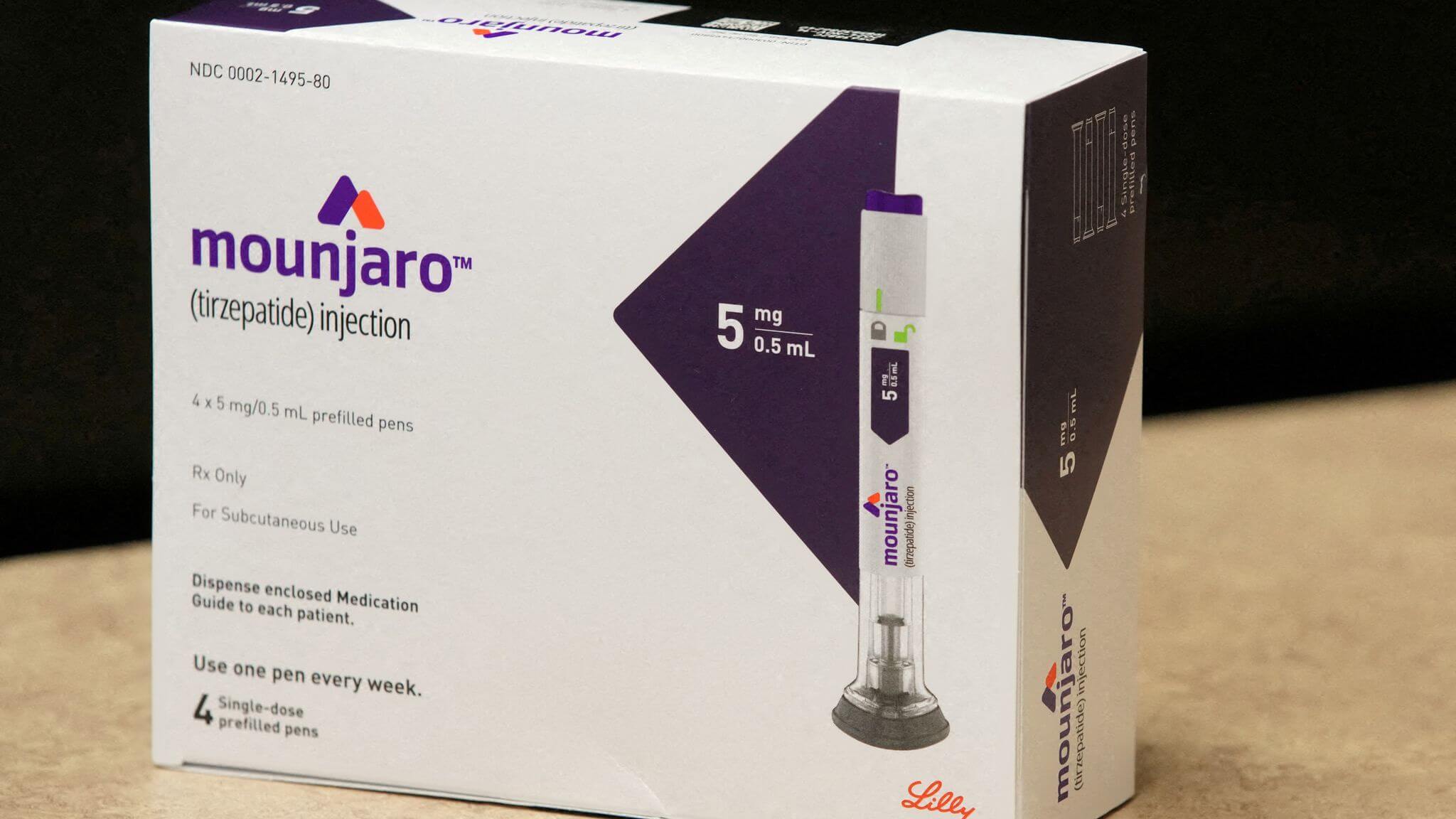

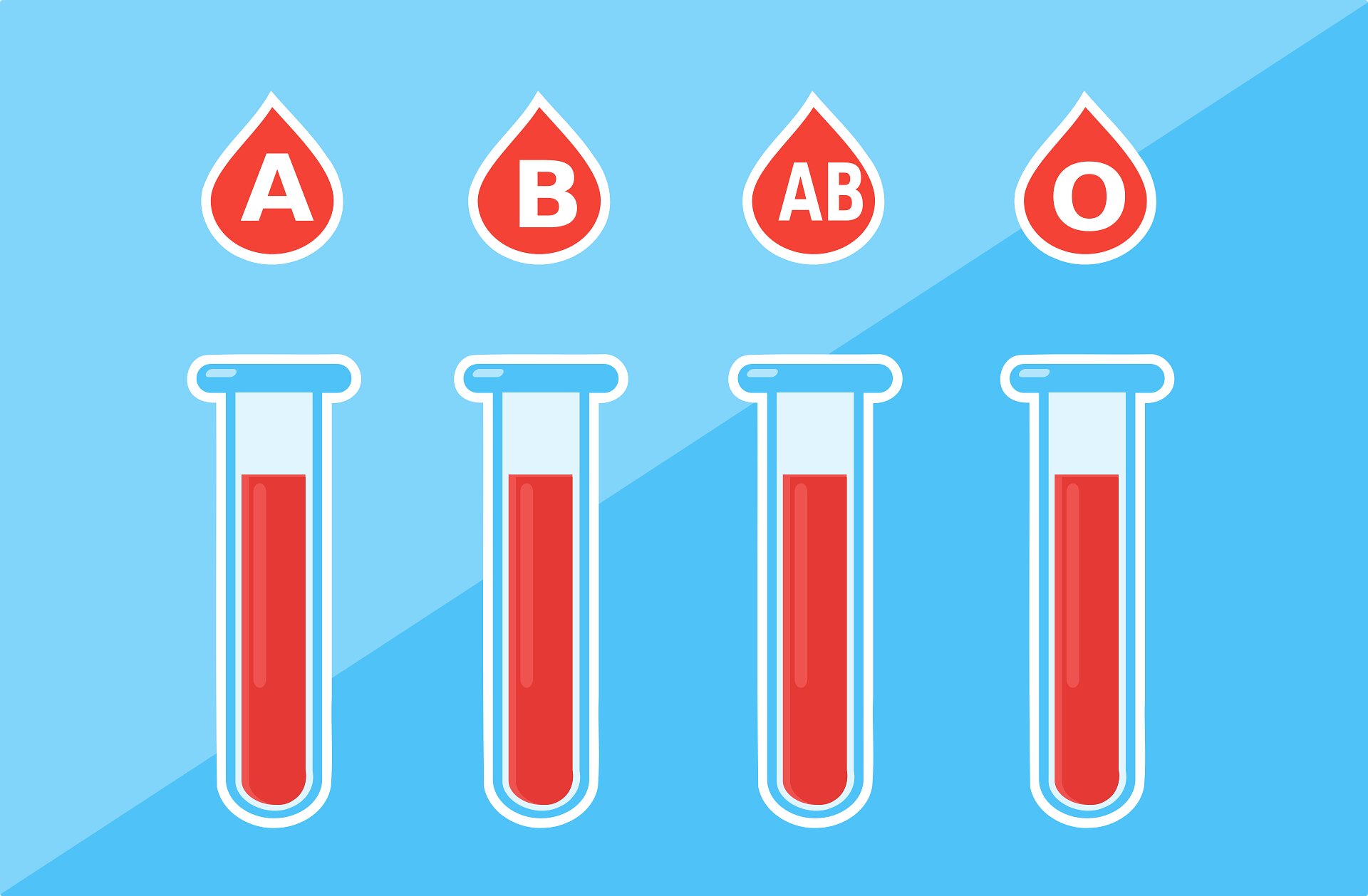












.jpg)
.jpg)
.jpg)


